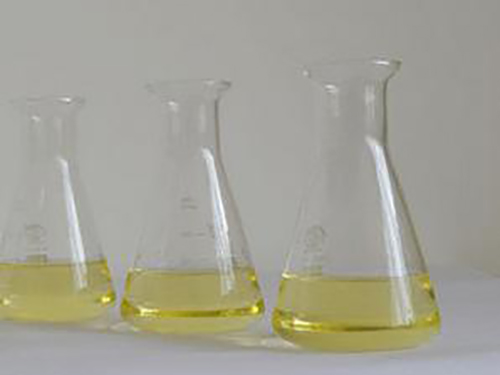Exploring Various Types of Flocculants and Their Applications in Water Treatment
Different Types of Flocculants An Overview
Flocculants are chemical substances that promote the clumping together of particles in a liquid, facilitating their removal during water treatment processes. They play a critical role in various applications, including water purification, wastewater treatment, and even in certain industrial processes like mining and paper manufacturing. Understanding the different types of flocculants and their specific uses can help practitioners select the most appropriate option for their needs.
1. Natural Flocculants
Natural flocculants are derived from natural sources and are generally considered to be environmentally friendly. Common examples include
- Starch A polysaccharide that can be used to aggregate fine particles, particularly in the food and beverage industries. - Chitosan This biopolymer, derived from chitin found in shellfish shells, is effective in clarifying water and has applications in food processing, agriculture, and wastewater treatment. - Dextran and Guar Gum These natural polysaccharides are used in various applications for their ability to bind particles together.
The main advantage of natural flocculants is their biodegradability and lower toxicity, making them suitable for eco-friendly applications. However, they may be less effective in treating high-loaded wastewater compared to synthetic alternatives.
Synthetic flocculants are chemically manufactured and are typically more potent than natural options. They include various polymers and can be categorized into two primary types anionic and cationic flocculants.
- Anionic Flocculants These are negatively charged and work well for neutralizing positively charged colloids in a solution, thus facilitating floc formation. Examples include polyacrylate and polyacrylamide, which are commonly used in municipal wastewater treatment and industrial applications.
different types of flocculants

- Cationic Flocculants Positively charged polymers like polyDADMAC and polyamines are used primarily to treat negatively charged particles. They are frequently employed in the pulp and paper industry, textiles, and cosmetic manufacturing.
The benefits of synthetic flocculants include higher efficiency and effectiveness across a broader range of conditions. However, they may have environmental concerns regarding non-biodegradability and potential toxicity.
3. Inorganic Flocculants
Inorganic flocculants, such as aluminum sulfate (alum) and ferric chloride, are also widely used in water treatment. These compounds work by destabilizing colloidal suspensions and promoting the formation of larger flocs.
- Alum Often used in drinking water treatment, alum reacts with impurities to form precipitates that can easily settle out. It is cost-effective and effective for removing turbidity and microbial contaminants.
- Ferric Chloride This alternative to alum is particularly effective in situations with high organic loading. It is known for producing denser flocs, which settle quickly and improve solid-liquid separation.
While inorganic flocculants are effective and widely used, there are concerns about the residuals they leave in treated water, which necessitates careful management.
Conclusion
Selecting the appropriate flocculant depends on various factors, including the nature of the wastewater, the specific contaminants present, and environmental considerations. Natural flocculants provide an eco-friendly option, while synthetic and inorganic flocculants offer increased efficacy under specific conditions. As water treatment technologies continue to evolve, understanding the nuances of different flocculants will be essential for achieving optimal purification outcomes and ensuring sustainable practices in water management.
-
Water Treatment with Flocculant Water TreatmentNewsJun.12,2025
-
Polymaleic AnhydrideNewsJun.12,2025
-
Polyaspartic AcidNewsJun.12,2025
-
Enhance Industrial Processes with IsothiazolinonesNewsJun.12,2025
-
Enhance Industrial Processes with PBTCA SolutionsNewsJun.12,2025
-
Dodecyldimethylbenzylammonium Chloride SolutionsNewsJun.12,2025





